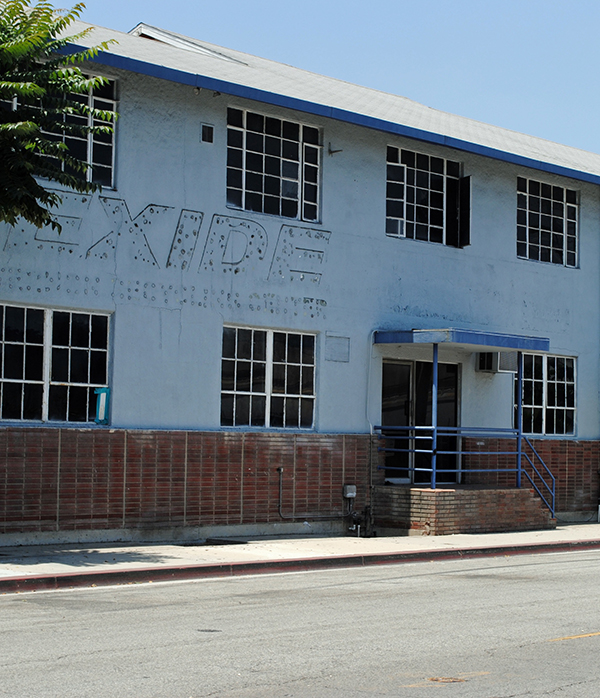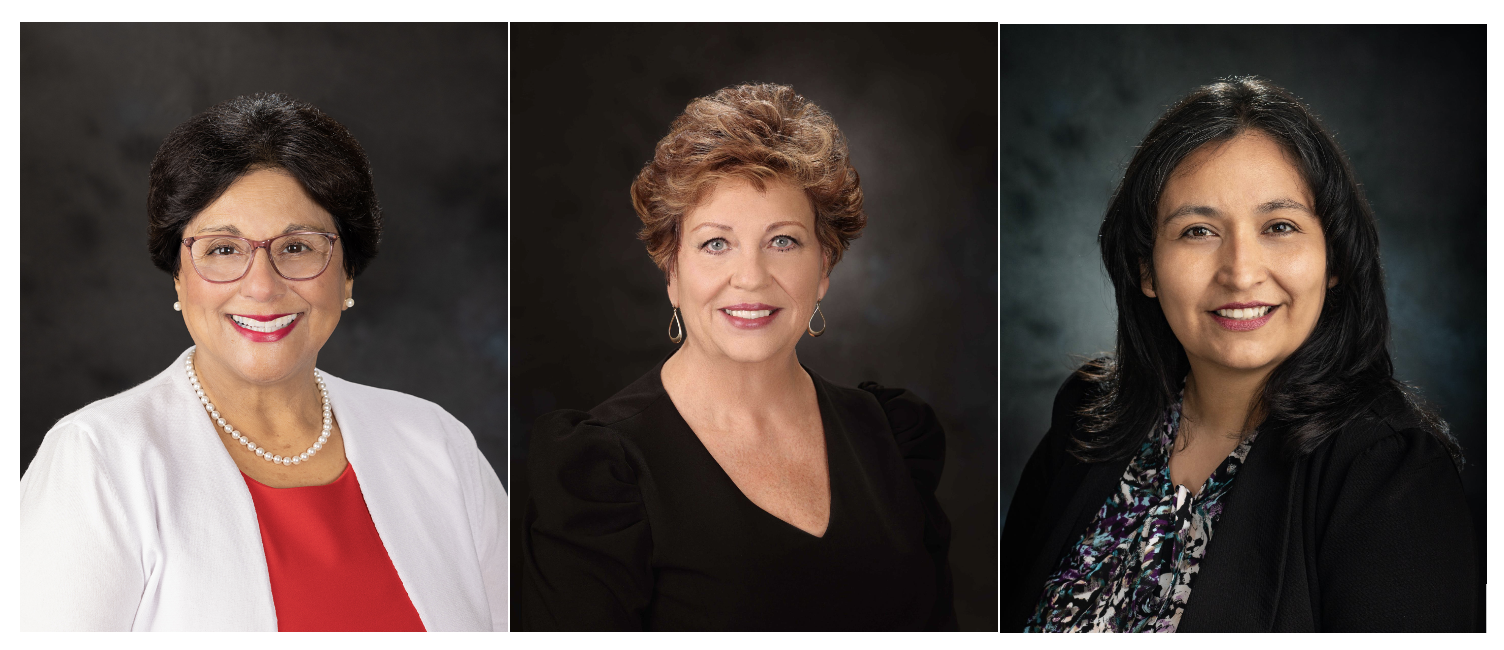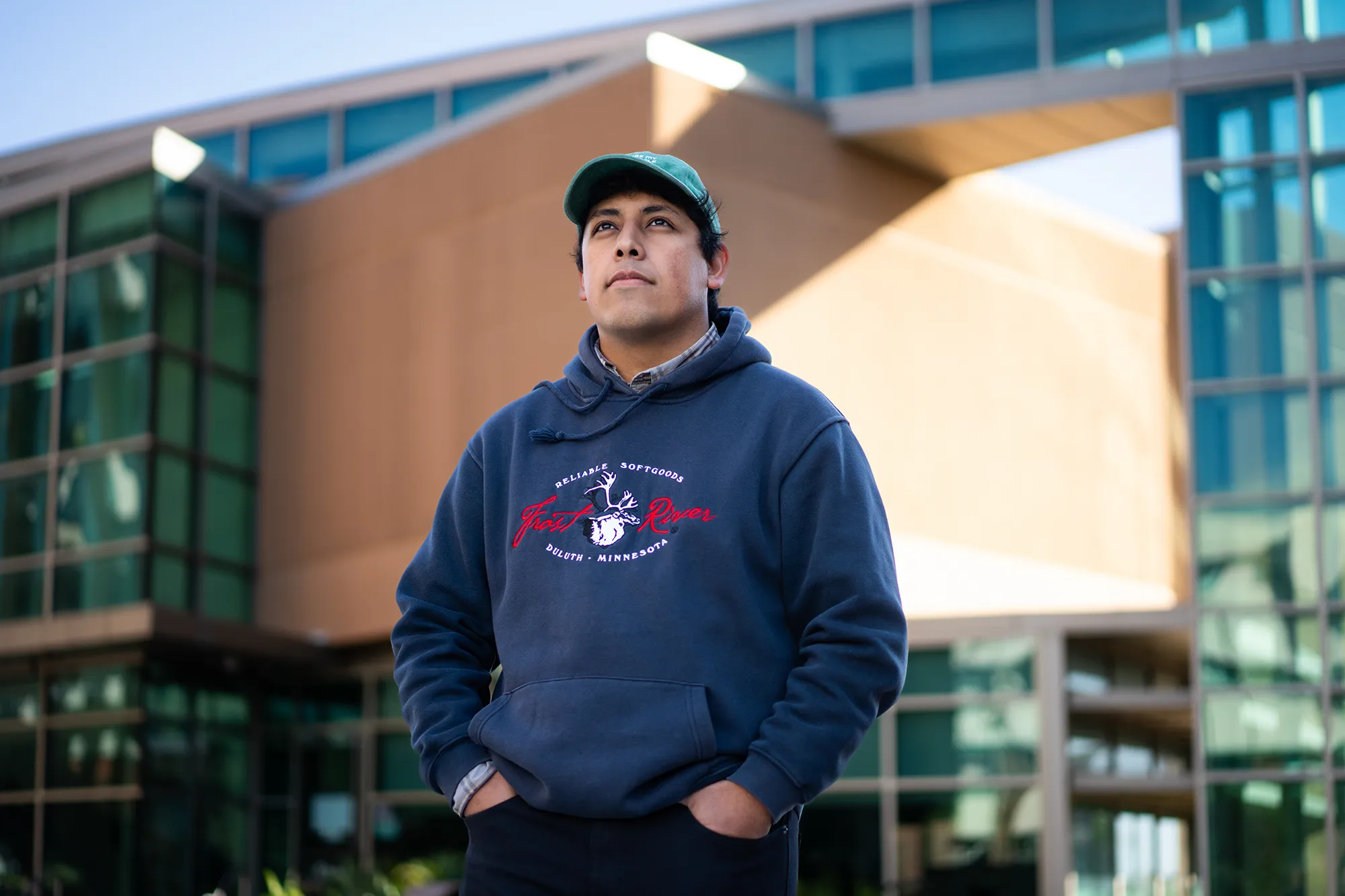By Alfredo Santana
Contributing Writer
VERNON — A perimeter with properties impacted by lead pollution from the Exide Technologies plant may be designated a Superfund site, so federal money can help with decontamination efforts, state environmental leaders said last week.
The announcement made by California Secretary for Environmental Protection Jared Blumenfeld came after his department estimated that it would need $150 million to clean up dirty soil from 2,000 more properties and parkways with dangerous lead levels.
At a Zoom news conference, Blumenfeld said he mailed a letter making the formal petition to the U.S. Environmental Protection Agency on July 1, so additional funds can accelerate cleanups in parcels within 1.7 miles from the former battery recycling plant in Vernon.
The attempt to get the area around Exide declared a Superfund site was welcomed by local and state representatives, who voiced dissatisfaction with negligent emissions regulations and a lopsided bankruptcy judgment.
“A Superfund would expedite legislation to receive funding for the cleanups the community so desperately needs,” Blumenfeld said.
Also, joining the federal list to remedy pollution at the dirtiest environmental sites in the nation would require supportive bipartisan legislation, said state Department of Toxic Substances Control Director Meredith Williams.
Williams said her department is close to achieving a milestone of cleaning up 4,000 properties with lead contamination from the defunct Exide plant, and has funds to detoxify 5,940 properties through December 2024.
Money for current cleanup efforts became available last year after Gov. Gavin Newsom signed two pieces of legislation providing $322.4 million for residential sites and $132 million for deconstruction and detoxification of large buildings at the battery plant.
Before the residential cleanups started in 2018, soil tests from lots near the plant indicated that 10,000 properties contained abnormally high lead levels accumulated over decades of unregulated emissions.
“This is why we are applying for superfund status,” Williams said. “These funds will help continue cleanups until more funds are available.”
Most of the lead particles plant operators released since its inception in 1922 landed on outdoor yards on homes, schools and child care centers located in Boyle Heights, East Los Angeles, Commerce, Huntington Park, Maywood and Bell.
All impacted schools and child care centers have been cleaned, but another 4,000 homes remained contaminated without funds for cleanups.
County Supervisor Hilda Solis said pushing for Superfund filing was long overdue, and blamed the 2020 bankruptcy judgment that exonerated Exide Technologies from financial responsibility for cleanup efforts.
She said the community’s persistence and advocacy paid dividends when Gov. Newsom budgeted money for cleanups, and now the Biden administration should continue with its policy of bringing relief to polluted locations.
“This is a very important milestone in the Exide saga,” Solis said. “I’m happy to see the state’s EPA requesting to join the Superfund list,” Solis said.
At its operative height, the Exide facility recycled up to 11 million discarded batteries a year.
Assemblywoman Wendy Carrillo, D-Los Angeles, said the Exide case has been deemed the largest environmental disaster in the country, and reprimanded its former administrators for dumping lead particles in low-income, migrant and working class Latino communities.
“That would have never happened in whiter communities,” said Carrillo, who represents the 51st Assembly District that includes portions of East Los Angeles. “We are using public funds to clean a corporate mess. Let’s not forget that. Funds that could be used in schools.”
Her colleague, 53rd District Assemblyman Miguel Santiago, also D-Los Angeles, said the lack of funds compounded with the urgency to resolve the contamination problem is the result of four to five decades of corruption and shortsighted policies at local, state and federal levels that allowed the problem to fester.
“Carrillo said it better, had it happened in other communities, people would have been up in arms,” Santiago said.
Assemblywoman Cristina Garcia, D-Bell Gardens, who represents cities in the Southeast L.A. County areas in the 58th Assembly District, said the Exide environmental nightmare is personal to her, because she grew up in the community amid swaths of industrial corridors that released toxins day and night.
She lambasted former President Donald Trump for appointing U.S. Bankruptcy Judge Christopher Sontchi, the magistrate that ruled on the chapter 11 filing by Exide Technologies on October 2020, and for “the legal injustices” he accepted in the case.
“Now I hope the federal government help us correct decades of efforts to clean up these communities,” Garcia said.
Assembly Speaker Anthony Rendon, D-Lakewood, added that Exide should be declared a Superfund site, and questioned why in other instances a zero tolerance policy against corporate polluters has been the norm.
“We saw a bankruptcy that let Exide off the hook,” Rendon said. “We need the Superfund, because this contamination is affecting disadvantaged communities.”
State Sen. Maria Elena Durazo, D-Los Angeles, credited community residents and activists for acting in solidarity and for not giving up in their fight to convince the state government to allocate funds to decontaminate the area.
Durazo, whose 24th District covers central and East Los Angeles, pledged to support residents from similar corporate polluters and vowed to work to regain the trust of the community for past shortsightedness and environmental discrimination.
“They need to be acknowledged every single time we talk about it,” Durazo said. “The community was long ignored about the rampant contamination. The damage is so grave we need the federal government to join us.
“Generations of people have developed illnesses. That’s what this is all about.”












